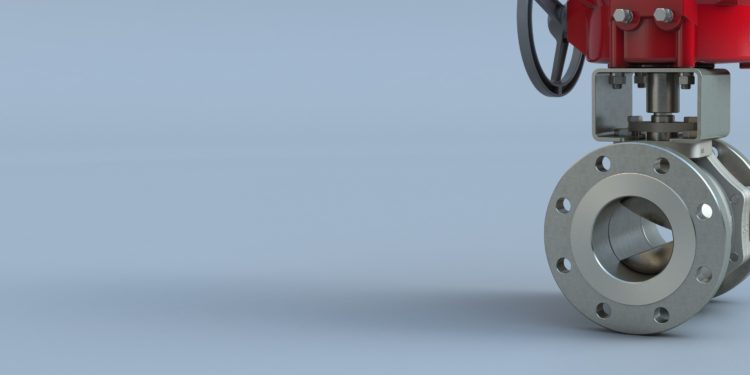One of the essential functions of industrial valves is to control flow around their respective infrastructure. A seemingly little variance in flow control can turn into a massive difference in the overall application. When not managed properly, it can have a drastic influence on the results of an industrial system.
If your industrial system depends heavily on controlling flow, you must choose a known valve for this application. At the same time, you have to ensure to prevent leakage in high pressure and high volume environments. Fortunately, making this choice isn’t as difficult as it might seem at first.
With popular options such as ball valves, you can easily find a suitable fit for multipurpose industrial applications. By using the right design and type of valve, you can ensure to get ideal results from your storage, transport, and processing systems.
Ball Valves Offer Excellent Usage in High Pressure and High Volume Settings
A ball valve is typically used as a shut-off valve. This application is aided by its design that uses a sphere or ball between rounded seats. This ball has a bore or a hole in the middle, allowing its flow to turn on when facing the piping and turning off when facing away from the mainline.
As a quarter-turn valve, your ball valve lets you turn the sphere around to shut-off the flow of liquids and gases. Since the valve comes with excellent sealing due to its seating, it provides optimal performance for high pressure or high-temperature settings.
The ball valve design is available in two-way and three-way valves to fit into multiple systems. It is also a highly durable and affordable option for many industrial applications.
But ball valves are not limited to being a shut off valve alone. Using the right type of ball valve can help you control flow as well. This is possible through specialized designs of these valves.
Control Flow Using Specialized Designs
Turning the quarter-turn ball valve into mid positions can seem like a good idea at first. But this way has an adverse effect on the valve. Along with causing wear in high-pressure settings, it also affects optimal maintenance of the flow.
But instead of relying on manual applications with chances of failure, you can use special applications for a ball valve to control flow.
Here’s what these designs bring to the table.
Standard Port Valve
This ball valve has a smaller bore or hole within its sphere. This typically causes it to have a decreased flow than the pipeline it’s installed in.
Reduced Port Valve
This particular valve has an even smaller port. These ball valves cause an increasingly restricted flow in larger pipeline settings.
Full Port Valve
A full port or full bore valve uses a larger sphere with almost the same hole size. This makes for an increased flow that typically matches the size of the pipeline.
V Port Valve
Staying true to its name, a V-port valve has a distinctly shaped bore in the middle that resembles the letter “V.” This is another way to have more control over the flow.
Depending upon your application and pressure setting, you can also pick between a floating valve and a trunnion valve. The former is not permanently fixed to the seating and deems ideal for low to medium pressure settings. Whereas, the latter is fixed to the upper and lower seating to provide optimal performance in high-pressure environments.
By keeping these factors in mind, you can easily control flow in your ball valve applications without having to compromise on cost or accessibility.


